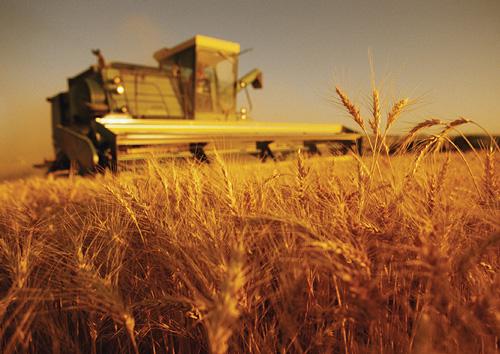Энэ 7 хоногт
Mongolia to start sea-buckthorns program
Mongolia’s ”Sea-buckthorns” program was approved at the Wednesday’s cabinet meeting in accordance with the governmental activity program in 2008-2012.

Mongolia’s "Sea-buckthorns" program was approved at the Wednesday's cabinet meeting in accordance with the governmental activity program in 2008-2012. The main aims of the "Sea-buckthorns" program are to prevent desertification, protect soil and environment, and develop the economy by planting sea-buckthorns on 20 thousand hectares area.
The government considers that the program will help the socio-economics of the country by increasing Mongolia's exchange reserves by exporting sea-buckthorns to foreign countries, reducing poverty by creating jobs, and positively influencing people’s health, the environment, in wider term.
Sea-buckthorns berries are well adapted to Mongolia’s semi-desert areas dry conditions and they have a nutrients and potential health effects and have potential value as antioxidants that may affect inflammatory disorders, cancer or other diseases - although no specific health benefits have yet been proved by clinical research in humans. In addition the fruit has high vitamin C content -- with an average content about 12 times greater than oranges, placing sea-buckthorn fruit among the most enriched plant sources of vitamin C -- and carotenes. The berries have diverse commercial use and can be found in available cosmetic products and nutritional supplements. The skin layers containing fat sources applicable for cosmetic lotions and can be used to make edible products like syrup while the juice or pulp can be used to make pies, jams, and liquors.
The first stage of the program will run in 2010-2012 and improve a legal environment for those who harvest fruit farms. At least five million sowings of sea-buckthorns will be prepared yearly, and the size of the cultivated areas will be increased to 10 thousand hectares. The government plans to facilitate the sea-buckthorns harvesting by refining upon techniques and technologies of harvesting and processing the fruits, and create a marketing network.
During the second stage of the program which will take course between 2013 and 2016, sea-buckthorns sowing fields will be expected to reach 20 thousand hectares, processing factories to be erected in the related regions, and the manufacturing of fruits to develop as an independent sector.
Scholars have calculated that one hectare will have 1,200-1,600 sowings, and that one sea-buckthorns bush will produce 7-10 kg of fruits, meaning one tonne of fruits will be enough to produce 20-50 kg of oil, 600 litres of juice.
Mongolia planted fruits on 1,200 hectares in 2009. Some 80 per cent of the fruits were sea-buckthorns.






